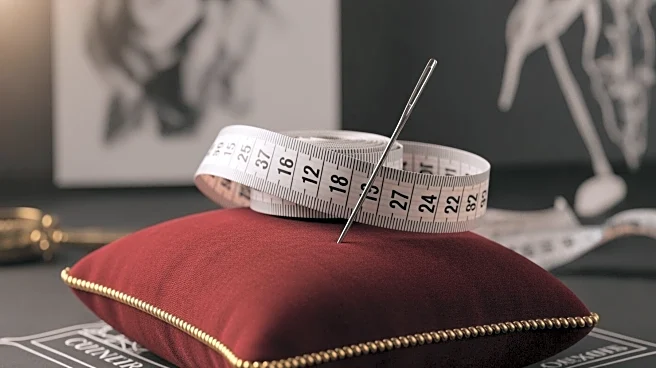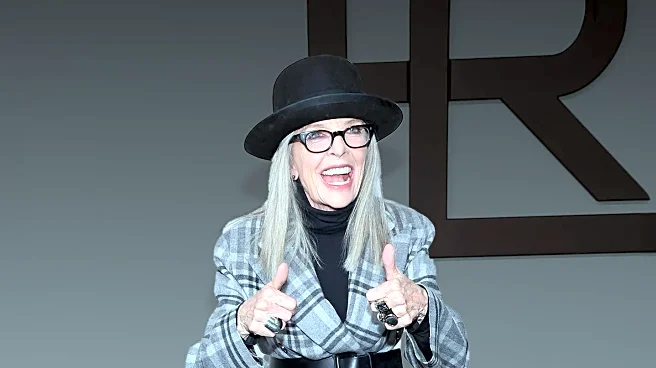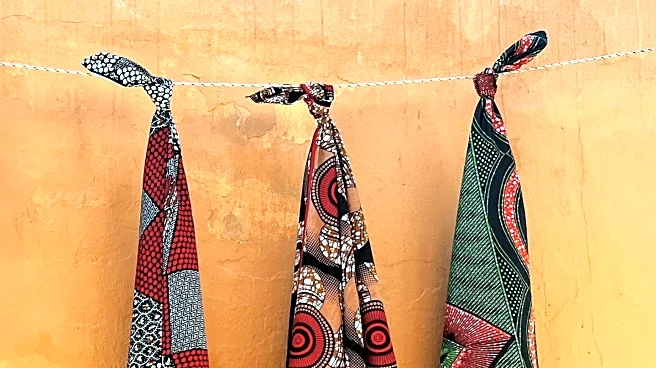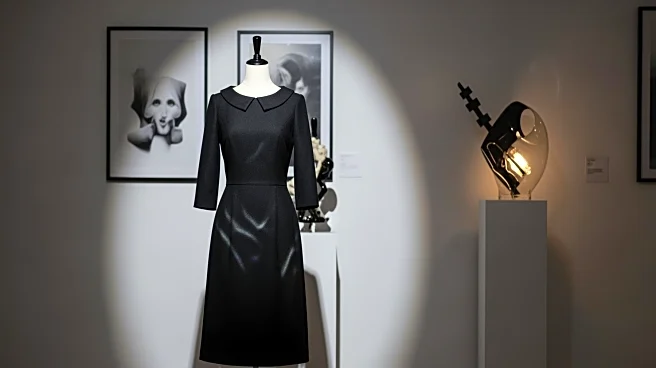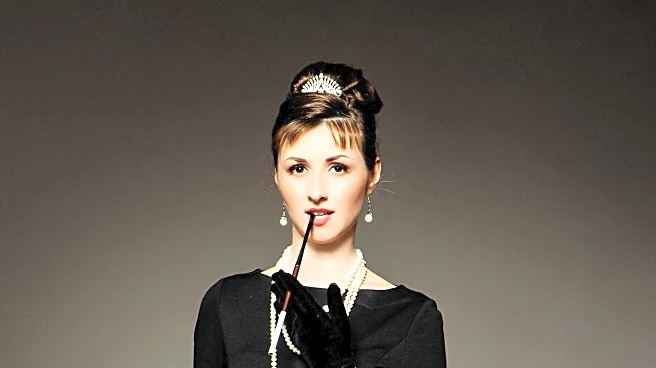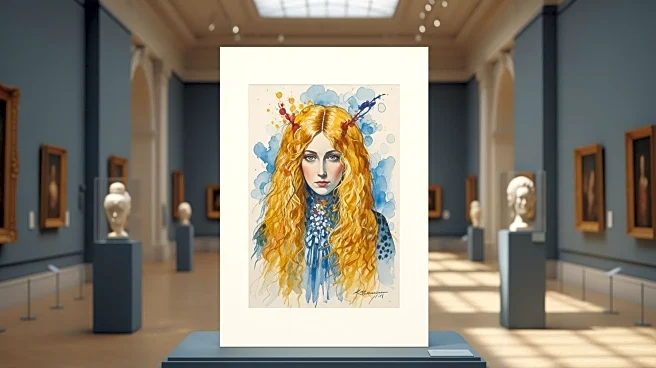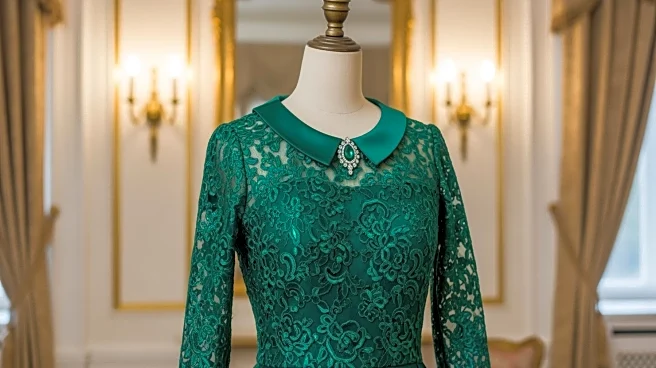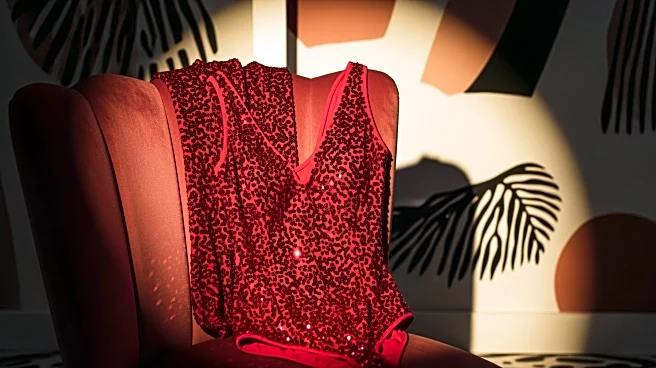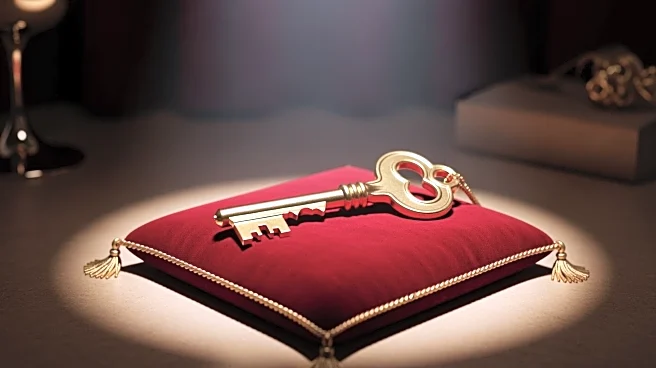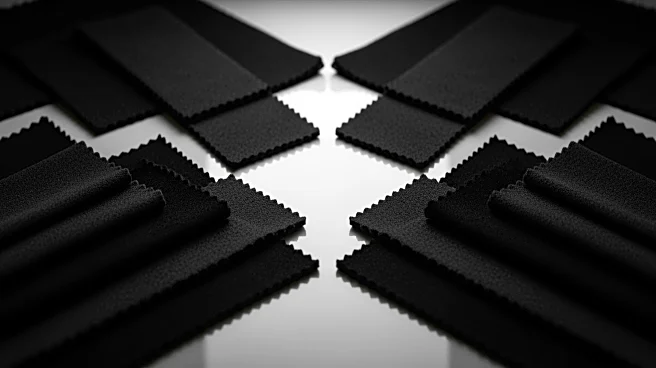What's Happening?
The Metropolitan Museum of Art is concluding its 'Superfine: Tailoring Black Style' exhibition, which has been described as historically important and culturally relevant. The exhibition, curated by Monica L. Miller and Andrew Bolton, focused on over
300 years of Black style, culture, and aesthetic expression. It featured artefacts and clothing from the era of Black enslavement to the present day, showcasing the work of Black designers such as Everard Best, Téla D’Amore, and Samuel Boakye. The exhibition was inspired by Miller's 2009 book on Dandyism and marked only the second men's-oriented exhibit at the Met. The cultural significance of the exhibition was underscored by the record-breaking fundraising at the Met Gala, which raised $31 million, making it the largest fundraiser in the event's history.
Why It's Important?
The 'Superfine: Tailoring Black Style' exhibition is significant as it highlights the contributions of Black designers and the evolution of Black style over centuries. By focusing on Black culture and aesthetic expression, the exhibition provides a platform for underrepresented voices in the fashion industry. The record-breaking fundraising at the Met Gala further emphasizes the cultural impact and public interest in the themes explored by the exhibition. This event not only celebrates Black designers but also fosters a broader understanding and appreciation of Black cultural heritage, potentially influencing future exhibitions and fashion narratives.
What's Next?
As the exhibition closes, the Metropolitan Museum of Art may continue to explore similar themes in future showcases, potentially expanding its focus on diverse cultural expressions. The success of the exhibition and the Met Gala could encourage other institutions to prioritize inclusivity and representation in their programming. Designers featured in the exhibition may experience increased visibility and opportunities within the fashion industry, furthering their influence and impact on global fashion trends.
Beyond the Headlines
The exhibition's focus on Black style and culture may contribute to broader discussions about representation and diversity in the arts. It challenges traditional narratives and encourages a reevaluation of historical and contemporary fashion through the lens of Black experiences. This could lead to more inclusive practices within museums and cultural institutions, promoting a more comprehensive understanding of fashion history and its socio-cultural implications.
